
Linoleum is a popular flooring material because it’s one of the most affordable—but linoleum flooring costs vary from project to project. Let’s break it down.
Whether it’s cushiony or coarse, this to-do list has you covered
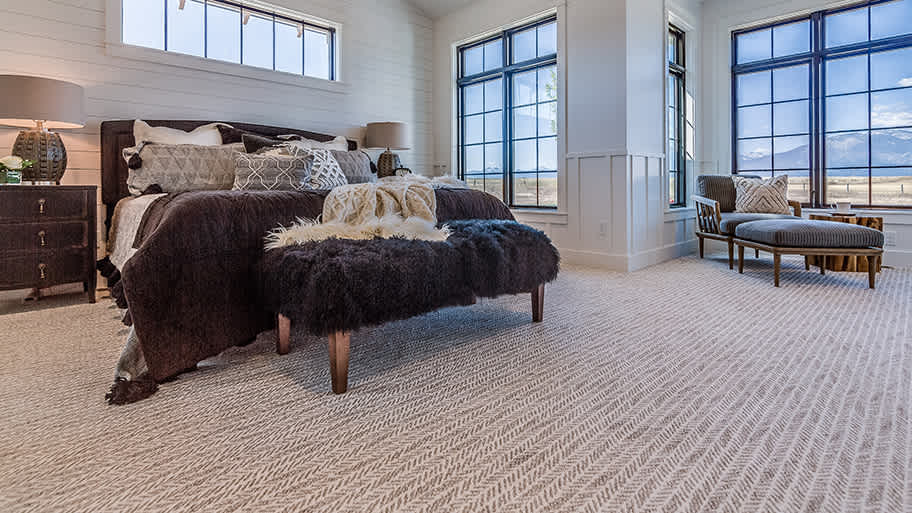

When you install carpeting in a room, it can be pricey, but you instantly give the room warmth and depth. Some homeowners have no qualms about saving money with a DIY carpet installation. Others who aren’t comfortable using a sharp carpet knife, calculating square footage, and working on their hands and knees may want to hire a local carpet pro for the job. To help you decide if you want to show off your math and measuring skills, we put together a carpet installation checklist for the steps required.
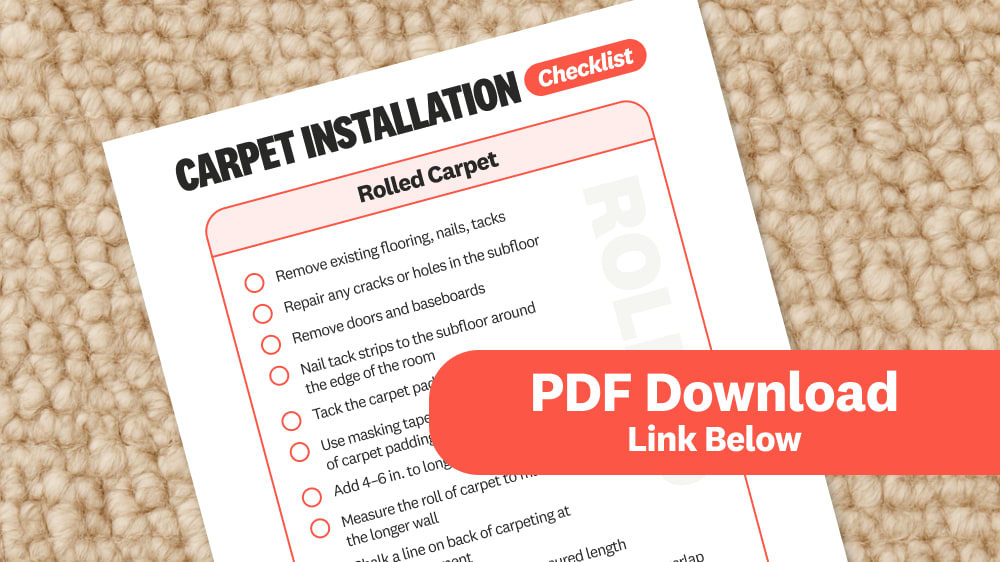
Installing a roll of carpet requires several more tools than installing self-stick tiles. The tools and supplies you’ll need for a roll of carpet include:
Tape measure
Carpet knife
Hammer
Tack strips
Seam tape
Knee kicker
Straight edge
Chalk line
Marker or pencil
Roll of padding
If you’re installing self-stick tiles, you’ll likely only need a tape measure, carpet knife, and straight edge.
After measuring the room and ordering a large enough carpet roll to cover the square footage, you can begin the installation. Rolls of carpet can be heavy and most often require at least two people to carry. The carpet installation checklist for a roll of carpeting includes:
Remove existing flooring
Remove nails and tacks from the subfloor
Repair any cracks or holes in the subfloor
Remove all doors inside or leading into the room
Remove the baseboards if the new carpet is a different thickness from the old flooring
Nail tack strips to the subfloor around the edge of the room (while leaving space to reattach the baseboards)
Lay sections of carpet pad across the room, ensuring its seams will be perpendicular to any seams in the carpet layout
Tack the carpet pad to the subfloor near the edges of the tack strips
Use masking tape to connect the strips of carpet padding
Measure the room along the longer wall and add 4 to 6 inches of length to this measurement
Measure the roll of carpet to match the longer wall measurement
Snap a chalk line across the back of the carpeting at this measurement
Use the straight edge and cut the carpet roll to the measured length, using a scrap board under the cut line
Place the cut section of carpet in the room, leaving a little overlap on both ends
Continue moving across the room, cutting and dry-laying more sections of carpet
Make sure the edges of each section are touching each other but not overlapping
Use seam tape on the underside of where each section of carpeting meets, attaching the adjacent seams
Follow the instructions for the tape to seal it
Place the knee kicker a few inches from the long wall near a corner
Use the knee kicker to stretch the carpet tight
Press down on the tightened carpet to hook it to the tack strips underneath
Move the knee kicker several inches farther along the long wall and use it to tighten the carpeting against the tack strips
After attaching all the carpet to the tack strips around the room, use the straight edge to trim the extra carpeting along the base of the walls
Reinstall the baseboards and doors
Self-stick carpet tiles have adhesive already attached to the back, protected by a paper layer. If you’re using carpet squares without self-stick adhesive already attached, you’ll have to apply carpet adhesive to the back of each tile.
Many carpet tile designs include padding on the back, meaning you don’t need a separate roll of padding. Most tiles are square, which simplifies calculating how many tiles you need to cover your desired square footage. The self-stick carpet tile checklist for installation includes:
Remove any existing carpet, flooring, nails, and tacks
Repair any cracks or holes in the subfloor
Take any doors off the hinges
Remove the baseboards if the new carpet is a different thickness from the old flooring
Use the tape measure to find the center of the room
Dry lay four square tiles around the center point
Starting in one direction, dry-lay a line of single tiles adjacent to each other until you reach the wall
If the final tile touching the wall will need to be cut to smaller than half a tile to fit properly, adjust the layout at the center point
Continue adjusting until the last tile against the wall will be half a tile or more after cutting
Dry lay a line of single tiles in the other three directions and adjust the center point as needed to ensure at least half a tile remains against all four walls after cutting
Begin installing the tiles around the adjusted center point of the room and work outward
Remove the protective backing and secure the peel-and-stick tile to the subfloor
Continue working across the room, securing the tiles side by side
When you reach the wall, use a straight edge and utility knife to cut tiles along the wall as needed
Walls aren’t always straight, so measure the space for each tile along the wall before cutting it
After finishing the layout, use a heavy carpet roller or similar device over the top to ensure proper adhesion
Reinstall the baseboards and doors
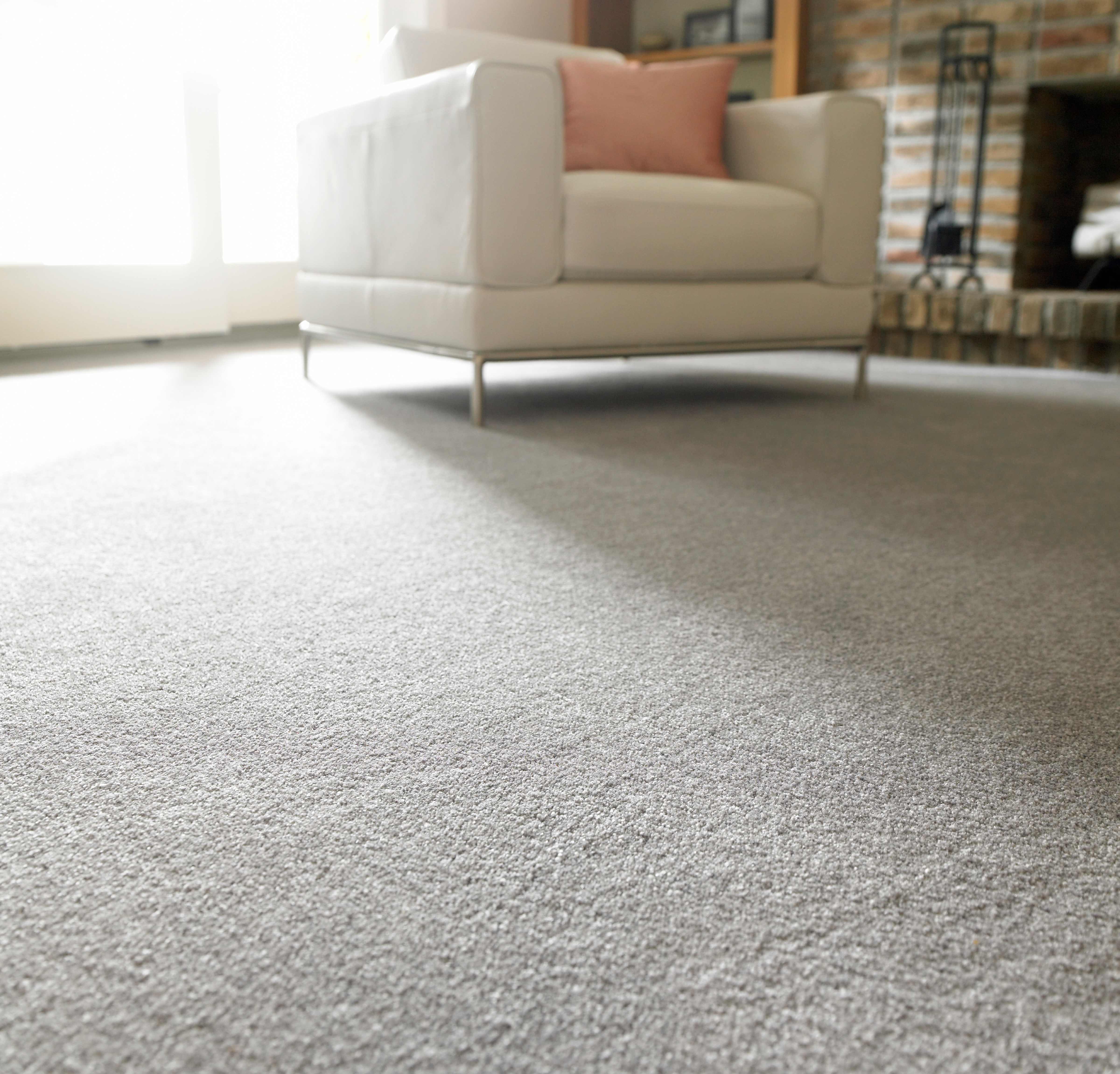
Professional carpet installation costs an average of $1,800, although your price will depend on how much carpeting you install. If you hire a local carpet installation professional, labor costs for installing carpet in a typical room range from $3 to $11 per square foot. The labor cost to carpet stairs when hiring a professional will add $1 to $2 per square foot to the cost of the work.
Although some people feel comfortable installing carpeting as a DIY project, it can be a tricky process. You may need to buy a few tools to do the work properly, which drives up the cost compared to hiring a pro, who will already have all the tools.
If you mismeasure or make a cut in the wrong place, you could ruin a large, expensive roll of carpeting. Hiring a professional protects you from making this kind of error.
If you want to DIY the work, installing peel-and-stick carpet tiles is far easier than installing a roll of carpet. If you make an error while cutting a carpet tile, you’ll only be risking one tile instead of an entire roll of carpet.
Who should you hire to install carpeting? A local carpet installation company will have experts who do this kind of work regularly. These professionals can easily deal with tricky room shapes, odd obstacles, and thresholds between rooms, giving you a great-looking result.
From average costs to expert advice, get all the answers you need to get your job done.

Linoleum is a popular flooring material because it’s one of the most affordable—but linoleum flooring costs vary from project to project. Let’s break it down.

Most people wrap floor removal into a larger project, but the itemized cost to remove laminate flooring depends on the size and state of the floor.

OSB is a common material used for subflooring, wall sheathing, and roofing. Here’s a breakdown of how much OSB panels will cost for your project based on type and size.
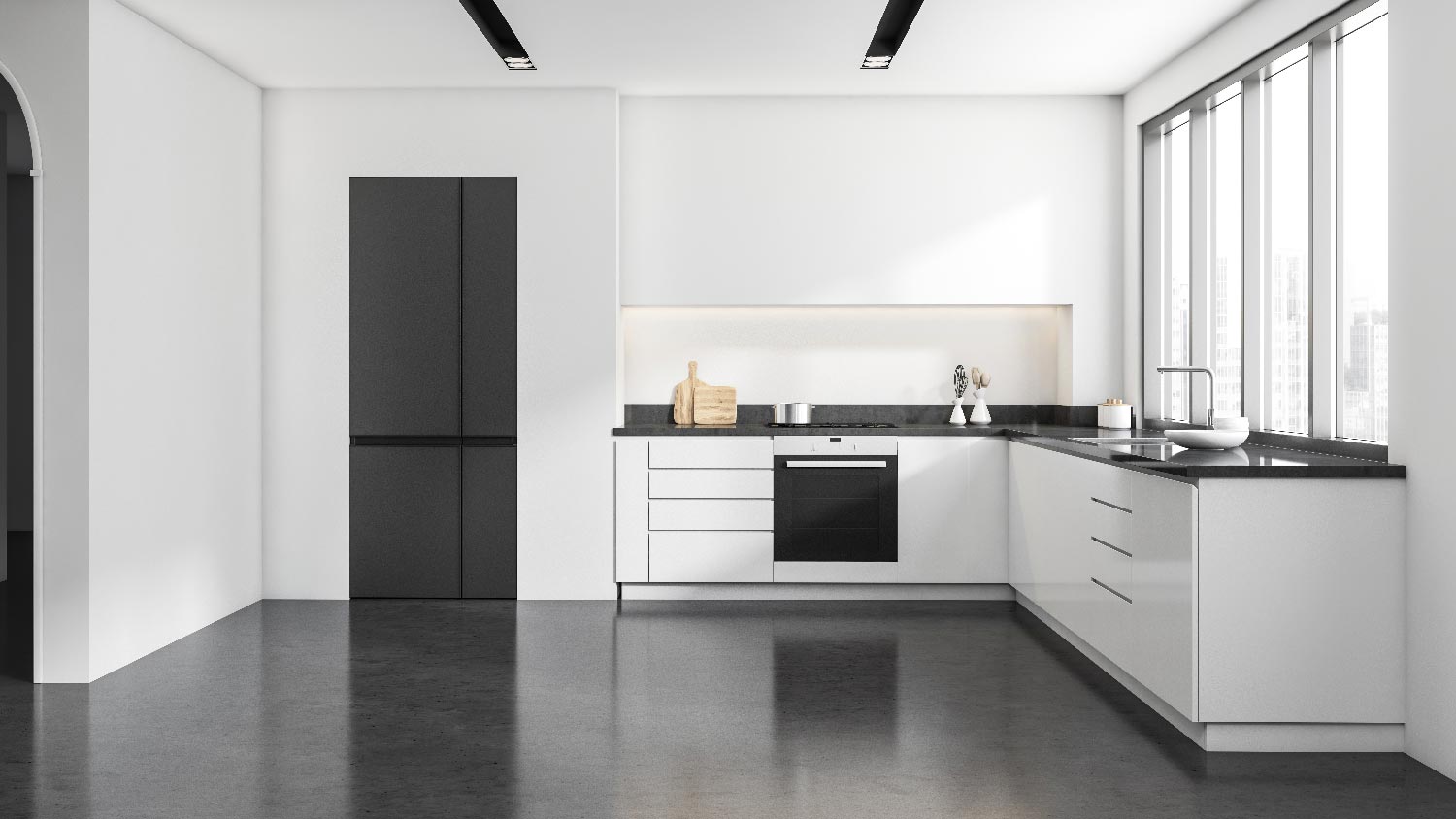
Updated flooring can make any room in your home feel brand new. Explore flooring installation costs in Minneapolis, MN, from materials to labor costs.
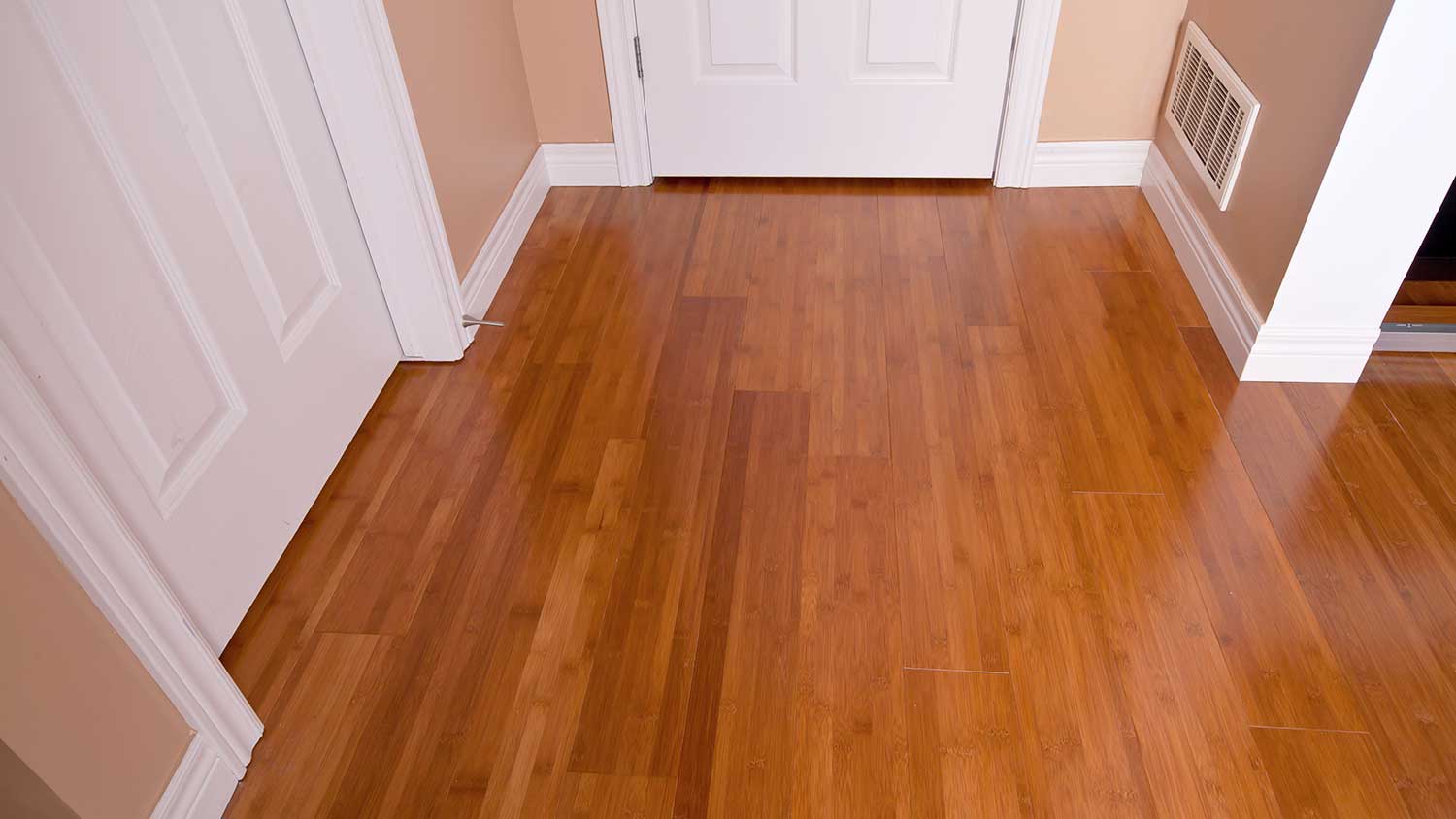
Updated flooring can make any room in your home feel brand new. Explore flooring installation costs in Boston, MA, from materials to labor costs.

Your floors deal with a lot, and they may occasionally experience damage that requires your attention. Learn floor repair costs for your project.